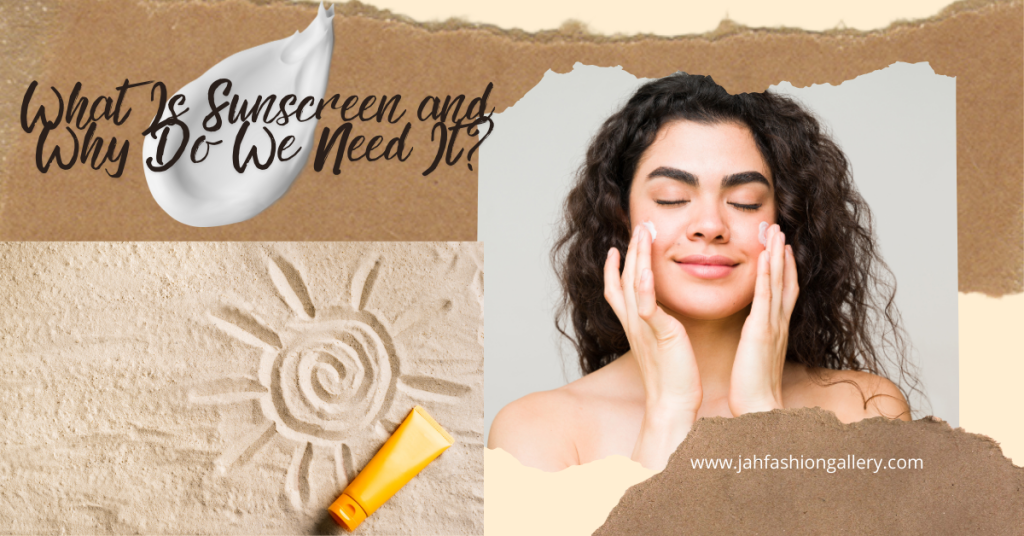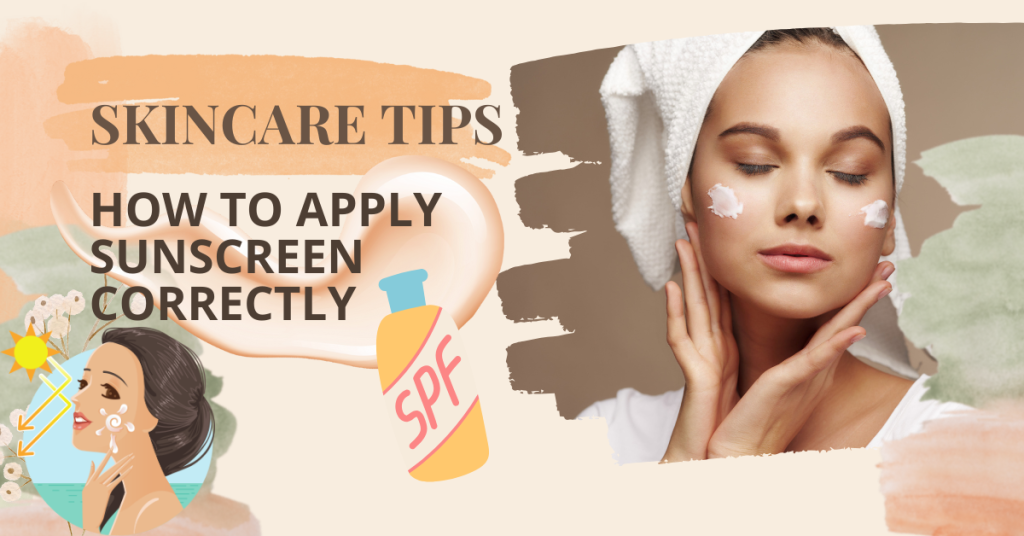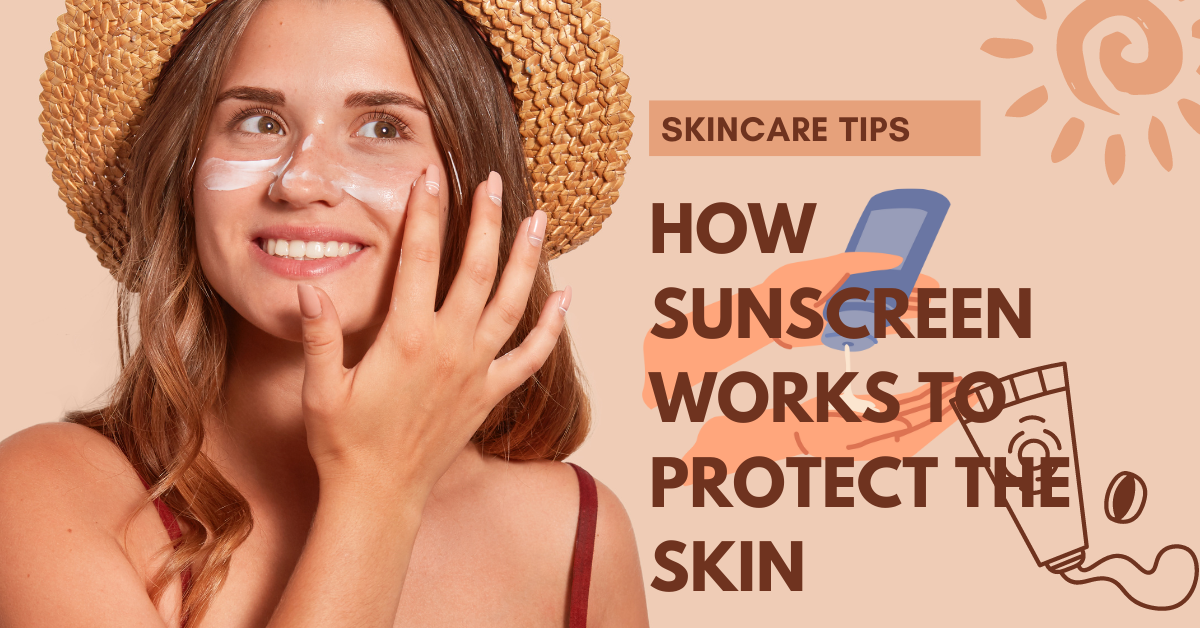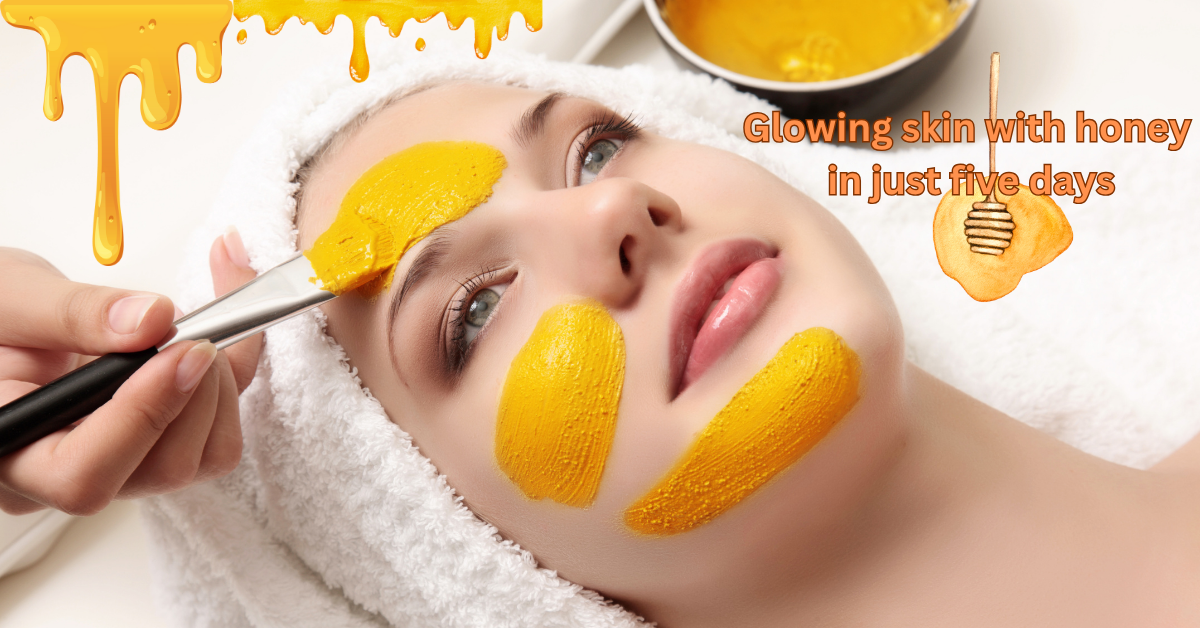How Sunscreen Works to Protect the Skin: A Comprehensive Guide
We all know that using sunscreen is important, but have you ever wondered how sunscreen actually works to protect your skin? In this article, we’ll break down the science behind sunscreen, how it defends against harmful ultraviolet (UV) rays, and why proper application is key to keeping your skin healthy and youthful. We’ll also explore the differences between types of sunscreen, how they interact with your skin, and some common misconceptions about sun protection.
Let’s dive in!
What Is Sunscreen and Why Do We Need It?
Sunscreen is a topical product designed to protect your skin from the harmful effects of the sun’s UV rays. These rays, which are a form of electromagnetic radiation, can cause a range of skin issues, from premature aging and sunburn to more severe conditions like skin cancer.
When your skin is exposed to UV rays, two types of damage can occur:
- UVA rays penetrate deep into the skin, causing long-term damage such as wrinkles, fine lines, and hyperpigmentation. These rays are the primary cause of premature aging.
- UVB rays are the main culprit behind sunburn and can damage the outer layers of the skin. They play a major role in the development of skin cancer.
Sunscreen works by forming a protective barrier that either absorbs or reflects these harmful UV rays before they can penetrate your skin. This makes sunscreen an essential part of any skin care routine, especially if you spend a lot of time outdoors.

How Sunscreen Works: The Science Behind It
Sunscreen contains ingredients that act as UV filters, and these filters are what protect your skin from UV radiation. There are two types of sunscreens based on the way these UV filters work: chemical and physical sunscreens. Let’s explore how each one works.
Chemical Sunscreen: Absorbing UV Rays
Chemical sunscreens, also known as organic sunscreens, contain ingredients like oxybenzone, avobenzone, octocrylene, and homosalate. These compounds work by absorbing UV rays, converting them into heat, and then releasing that heat from the skin. Essentially, chemical sunscreens act like a sponge that soaks up the harmful radiation and prevents it from causing damage.
How it works:
- The chemical filters in the sunscreen absorb UV rays when they hit the skin.
- These filters undergo a chemical reaction, converting UV energy into heat.
- The heat is then dissipated, preventing the radiation from penetrating the skin.
Benefits of chemical sunscreens:
- Often feels lightweight and absorbs quickly, making it easier to apply.
- Many formulas are water-resistant, making them ideal for outdoor activities or swimming.
- Less visible on the skin compared to physical sunscreens.
Physical Sunscreen: Reflecting UV Rays
Physical sunscreens, also known as mineral sunscreens, contain active ingredients like zinc oxide and titanium dioxide. These ingredients sit on the surface of your skin and work by physically reflecting or scattering UV rays away from your body, much like a mirror reflects light.
How Sunscreen Works to Protect the Skin:
How it works:
- Physical sunscreen creates a shield on the skin’s surface.
- When UV rays hit the skin, the particles in the sunscreen reflect and scatter the rays, preventing them from penetrating the skin.
Benefits of physical sunscreens:
- Provides broad-spectrum protection by reflecting both UVA and UVB rays.
- Works immediately upon application, whereas chemical sunscreens need about 15–20 minutes to become effective.
- Less likely to cause irritation, making it a good choice for sensitive skin.
What Is SPF, and Why Does It Matter?
Sunscreen labels often include an SPF (Sun Protection Factor) number, but what does it mean? SPF measures how well the sunscreen protects against UVB rays, which are responsible for sunburn and skin cancer. The higher the SPF, the more protection the sunscreen provides.
Here’s a general breakdown:
- SPF 15: Blocks about 93% of UVB rays.
- SPF 30: Blocks about 97% of UVB rays.
- SPF 50: Blocks about 98% of UVB rays.
It’s important to note that no sunscreen can block 100% of UV rays. Additionally, SPF doesn’t account for UVA protection, so it’s crucial to choose a broad-spectrum sunscreen that offers protection from both UVA and UVB rays.
Why Sunscreen Application Matters
Even the most effective sunscreen won’t protect your skin if it’s not applied properly. To get the full benefits, you should apply enough sunscreen and reapply it frequently, especially if you’re sweating or swimming.
How to Apply Sunscreen Correctly

Use the right amount: Most people don’t apply enough sunscreen. Experts recommend using at least one ounce (about a shot glass full) to cover your entire body.
- Apply before going outside: Chemical sunscreens need time to be absorbed into the skin, so apply your sunscreen 15–20 minutes before heading outdoors.
- Don’t forget the small areas: Be sure to apply sunscreen to often-missed areas like the ears, back of the neck, tops of the feet, and your scalp if it’s exposed.
- Reapply regularly: Sunscreen wears off after about two hours, or sooner if you’re swimming or sweating. Make sure to reapply at regular intervals throughout the day.
Common Misconceptions About Sunscreen
Despite widespread awareness of the importance of sunscreen, there are still a lot of misconceptions. Let’s clear up some common myths:
1. “I don’t need sunscreen on cloudy days.”
UV rays can penetrate clouds, so your skin can still be damaged even when the sun isn’t shining brightly. Up to 80% of UV rays can pass through clouds, so make sunscreen part of your routine every day.
2. “My makeup has SPF, so I’m covered.”
While some makeup products contain SPF, they usually don’t provide enough protection. You’d have to apply a large amount of product to achieve the same protection as a standalone sunscreen. It’s best to use a dedicated sunscreen underneath your makeup.
3. “A higher SPF means I don’t need to reapply as often.”
SPF 50+ provides only slightly more protection than SPF 30, but both need to be reapplied regularly. No matter the SPF, sunscreen wears off over time, so it’s essential to reapply every two hours.
4. “Dark skin doesn’t need sunscreen.”
While it’s true that people with darker skin have more melanin, which offers some natural protection against UV rays, they are still at risk of skin damage and skin cancer. Everyone, regardless of skin tone, should use sunscreen.
The Role of Antioxidants in Sunscreen
Some sunscreens contain antioxidants like vitamin C, vitamin E, or green tea extract. These ingredients help neutralize free radicals that are created when UV radiation interacts with your skin. Free radicals can lead to cell damage, which contributes to skin aging and increases the risk of cancer. Adding antioxidants to your sun protection routine gives your skin an extra layer of defense against these harmful effects.
Sunscreen and Environmental Concerns
While sunscreen is crucial for skin health, some chemical sunscreens have been linked to environmental damage, particularly coral reef bleaching. Ingredients like oxybenzone and octinoxate have been found to harm marine life, prompting some regions to ban these substances in sunscreens. Many manufacturers now offer reef-safe sunscreens that don’t contain these harmful ingredients, making it easier to protect your skin while also protecting the environment.
Conclusion: Make Sunscreen Part of Your Daily Routine
Sunscreen is one of the most effective tools for preventing skin damage, premature aging, and skin cancer. Whether you prefer chemical or physical sunscreens, what matters most is finding a product you’ll use consistently. Remember to apply it generously, reapply throughout the day, and use it year-round — not just during the summer.
By understanding How Sunscreen Works to Protect the Skin you’re better equipped to make informed decisions about your skincare routine. So, the next time you step outside, don’t forget to slather on that sunscreen — your skin will thank you!




